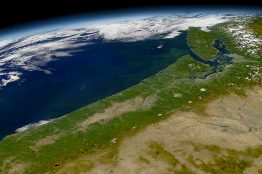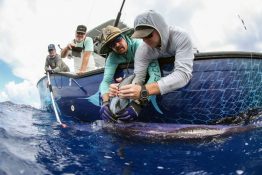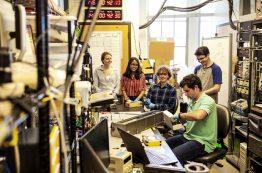To better understand big picture issues, it can sometimes be useful to bust out the magnifying glass and zoom in on the smaller details. Over the years, University of Washington College of the Environment researchers have discovered a multitude of ways in which seemingly small things can have giant impacts on much larger systems. We’ve compiled a list of five of the best examples of things UW researchers discovered that are small, but mighty.
Read more »This is UW Environment
Have you ever wondered how our world works? Are you interested in how science connects to communities? At the University of Washington’s College of the Environment, you can explore the environment from the Earth’s core to outer space using high tech approaches to solve sustainability issues.
Learn more about our programs »World Tsunami Awareness Day: what are the risks and how can we prepare?
In the depths of the Pacific Ocean, just off the upper West Coast of the United States, a collision between an unstoppable force and an immovable object has been gathering energy for hundreds of years. The Cascadia Subduction Zone (CSZ), where the Juan de Fuca and North American tectonic plates meet, must release this pent up energy eventually in an event many refer to as “the really big one”.
Read more »Swordfish as oceanographers? Satellite tags allow research of ocean’s ‘twilight zone’ off Florida
Researchers from the University of Washington are using high-tech tags to record the movements of swordfish — big, deep-water, migratory, open-ocean fish that are poorly studied — and get a window into the ocean depths they inhabit. The researchers tagged five swordfish in late August off the coast of Miami: Max, Simone, Anthony, Rex and Oliver. Their movements can now be viewed in near-real time.
Read more at UW News »Washington’s first student-built satellite preparing for launch
A University of Washington satellite smaller than a loaf of bread will, if all goes well, launch this weekend on its way to low-Earth orbit. It will be the first student-built satellite from Washington state to go into space. HuskySat-1 is one of seven student-built satellites from around the country scheduled to launch at 9:30 a.m. Eastern time Saturday, Nov. 2, from NASA’s Wallops Flight Facility on the Virginia coast.
Read more at UW News »





